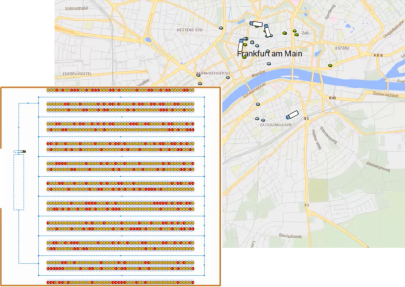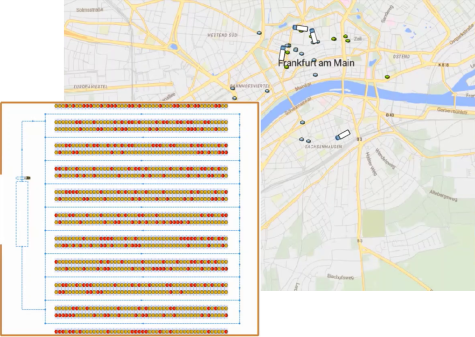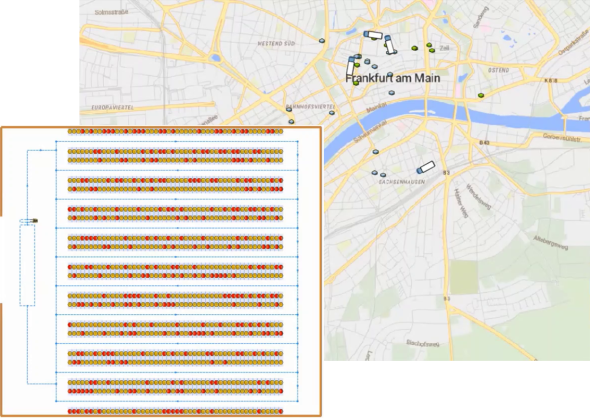The changes in demand behavior through urbanization and digitalization, the relocation of logistics facilities to the suburbs and strict legal requirements, such as restriction in time of delivery and environmental zones, lead to a rising number of challenges for the execution of logistics services in urban areas. This recent developments threaten to drive out small and medium sized logistics enterprises (SMEs) from their initial regional environment due to their small financial resources and strong regional bond. A possible approach for SMEs would be the building of cooperation among each other in order to operate a common logistics facility within the urban area.
The project “Urban Logistics Facilities” is aimed at developing a pricing model for the cooperative operation of logistics facilities and the associated distribution of goods by SMEs. Horizontal cooperation often fails because of the exploitation of information asymmetries by the participating enterprises. To avoid that, the pricing model should contain mechanisms, which result in goal harmonization of cooperation partners through the use of targeted incentives. For this purpose, the different logistics cooperation concepts are first analyzed and differentiated with regard to their range of services and the design of the corresponding cooperative approach. Then, possible behavior patterns and strategies of cooperation partners are identified and analyzed, providing the base for the development of the pricing model. To study the complex cause-effect relationships of incentives in conjunction with decision-making behavior, these effects are modeled within an agent based simulation. Agent based simulations offer an opportunity for representing heterogeneous and divergent behavior of agents at the micro- level while allowing the subsequent study of the behavior’s effects on the overall system. By means of systematic variation of the influence factors within the simulation, an evaluation of different pricing models regarding their incentive effect can be conducted.
In the final step, the results of the study will be summarized and made available for the public via web based guideline. The guideline is supposed to support the planning of cooperative urban logistics facilities by providing proposals for specific design of the revenue mechanism in the form of a pricing model.
Key Data:
Period: January 2017 until November 2019
Sponsor: Bundesvereinigung Logistik e.V. – BVL, Schlachte 31, 28195 Bremen; funded by Arbeitsgemeinschaft industrieller Forschungvereinigungen e.V. (AiF) (Association of Industrial Research Organisations) through a financial support by the Federal Ministry for Economic Affairs and Energy





